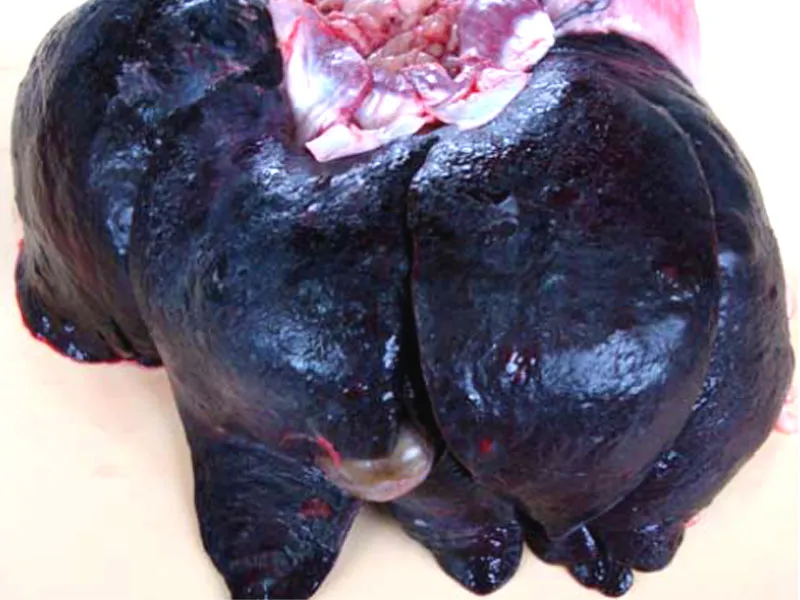Acute Mastitis Caused by Pasteurella multocida in a Goat
Clinicopathological and Microbiological Findings
DOI:
https://doi.org/10.24070/bjvp.1983-0246.007006Keywords:
Mastitis, Goat, P. multicida, Histopathology, MicrobiologyAbstract
Mastitis is still an important disease causing heavy and irreparable economic losses in the dairy industry. We describe the clinicopathological and microbiological features of an unusual acute septic mastitis caused by P. multocida in a 3-year-old dairy goat. At necropsy, the enlargement of the left udder half with hard consistency, the extensive areas of necrosis and the accumulations of pus (suppurative exudate) in the cut surface of the affected udder half were observed. Histopathological findings of the affected udder showed severe degeneration and necrosis of the alveolar epithelium and an extensive infiltration of neutrophils within the alveolar lumen. Most of the mammary secretory alveoli were devoid of milk and diffusely filled with basophilic bacterial colonies positively stained by Brown and Brenn method in red color. Microbiological examination of the affected udder revealed P. multocida. It is concluded that P. multocida should be considered as an etiological agent of acute septic mastitis in goats.


